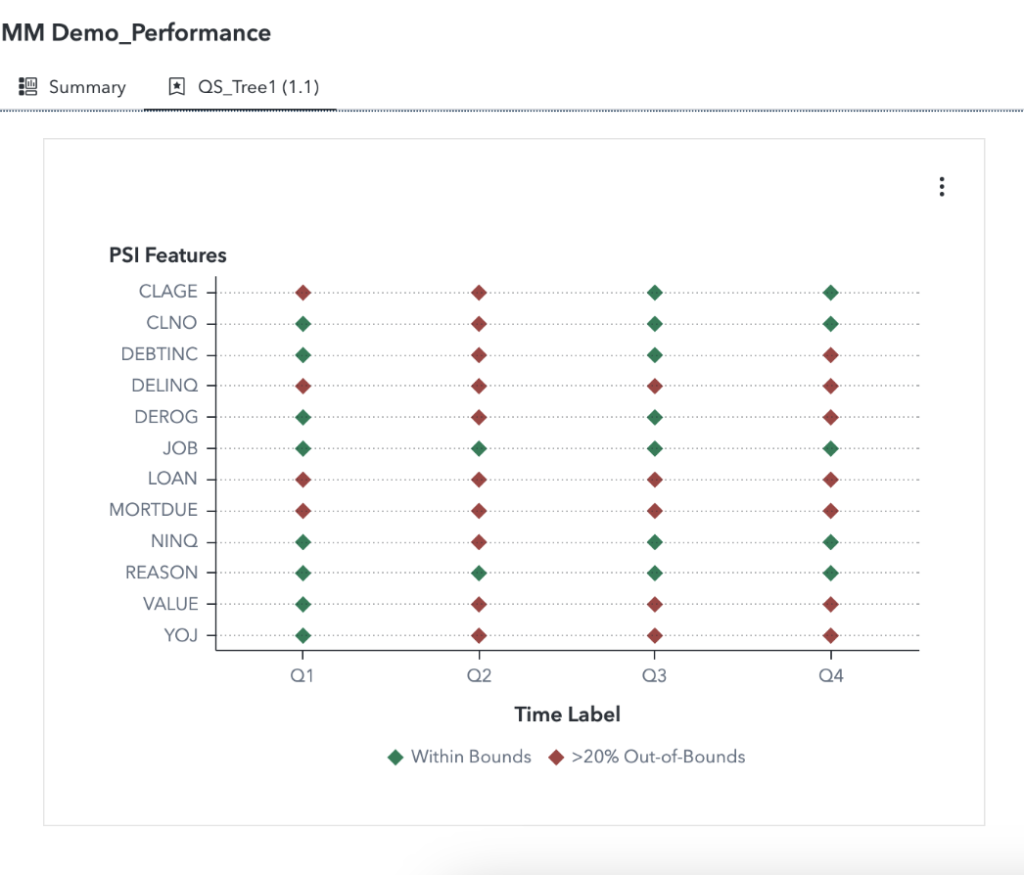Most of us have skilled the annoyance of discovering an essential e mail within the spam folder of our inbox.
If you happen to test the spam folder commonly, you would possibly get irritated by the inaccurate filtering, however at the very least you’ve in all probability averted vital hurt. However if you happen to didn’t know to test spam, you’ll have missed essential data. Perhaps it was that assembly invite out of your supervisor, a job provide or perhaps a authorized discover. In these circumstances, the error would have prompted greater than frustration. In our digital society, we anticipate our emails to function reliably.
Equally, we belief our automobiles to function reliably – whether or not we drive an autonomous or conventional car. We’d be horrified if our automobiles randomly turned off whereas driving 80 miles an hour on a freeway. An error within the system of that proportion would probably trigger vital hurt to the motive force, passenger and different drivers on the street.
These examples relate to the idea of robustness in know-how. Simply as we anticipate our emails to function precisely and our automobiles to drive reliably, we anticipate our AI fashions to function reliably and safely. An AI system that modifications outputs relying on the day and the part of the moon is ineffective to most organizations. And if points happen, we have to have mechanisms that assist us assess and handle potential dangers. Under, we describe a number of methods for organizations to verify their AI fashions are strong.
The significance of human oversight and monitoring
Organizations ought to take into account using a human-in-the-loop strategy to create a stable basis for strong AI methods. This strategy entails people actively collaborating in creating and monitoring mannequin effectiveness and accuracy. In easier phrases, knowledge scientists use particular instruments to mix their information with technological capabilities. Additionally, workflow administration instruments may help organizations set up automated guardrails when creating AI fashions. The workflows are essential in guaranteeing that the suitable material consultants are concerned in creating the mannequin.
As soon as the AI mannequin is created and deployed, steady monitoring of its efficiency turns into essential. Monitoring entails commonly gathering knowledge on the mannequin’s efficiency based mostly on its meant targets. Monitoring checkpoints are important to flag errors or sudden outcomes earlier than deviations in efficiency happen. If deviations do happen, knowledge scientists throughout the group can assess what modifications have to be made – whether or not retraining the mannequin or discontinuing its use.
Workflow administration also can be certain that all future modifications are made with session or approval from the subject material consultants. This human oversight provides an additional layer of reliability to the method. Moreover, workflow administration can assist future auditing wants by monitoring feedback and historical past of modifications.
Validating and auditing towards a spread of inputs
Sturdy knowledge methods are examined towards various inputs and real-world eventualities to make sure they’ll accommodate change whereas avoiding mannequin decay or drift. Testing reduces unexpected hurt, ensures consistency of efficiency, and helps produce correct outcomes.
One of many methods customers can take a look at their mannequin is by creating a number of mannequin pipelines. Mannequin pipelines permit customers to run the mannequin underneath totally different ranges of inputs and examine the performances underneath differing situations. The comparability permits the customers to pick out the simplest mannequin, usually referred to as the champion mannequin.
As soon as the champion mannequin has been chosen, organizations can commonly validate the mannequin to determine when the mannequin begins drifting from the best state. Organizations actively observe shifts in enter variable distributions (knowledge drift) and output variable distributions (idea drift) to stop mannequin drift. This strategy is fortified by creating efficiency reviews that assist deployed fashions stay correct and related over time.
Utilizing fail safes for out-of-bound sudden behaviors
If situations don’t assist correct and constant output, strong methods have built-in safeguards to reduce the hurt. Alerts could be put in place to watch mannequin efficiency and point out mannequin decay. As an illustration, organizations can outline KPI worth units for every mannequin throughout deployment – equivalent to an anticipated price for misclassification. If the mannequin misclassification price ultimately falls exterior the KPI worth set, it notifies the consumer that an intervention is required.

Alerts also can assist point out when a mannequin is experiencing adversarial assaults, a standard concern round mannequin robustness. Adversarial assaults are designed to idiot AI methods by making small, imperceptible enter modifications. One solution to mitigate the impression of those assaults is by adversarial coaching, which entails coaching the AI system on deceptive inputs or inputs deliberately modified to idiot the system. This intentional coaching helps the system be taught to determine and resist adversarial assaults, constructing system robustness.
Adaptable AI methods for real-world calls for
Methods that solely operate underneath ultimate situations will not be helpful for some organizations that want AI fashions that may scale with and adapt to modifications. A system’s robustness is determined by a corporation’s means to validate and audit the outcomes on varied inputs, fail protected for any sudden behaviors and human-in-the-loop design. By taking these steps, we are able to be certain that our data-driven methods function reliably and safely and decrease potential dangers, thus decreasing the potential of hazards equivalent to vehicular glitches or important emails being misclassified as spam.
Wish to be taught extra? Get in on this dialogue about reliable AI utilizing SAS®
Kristi Boyd and Vrushali Sawant contributed to this text






















